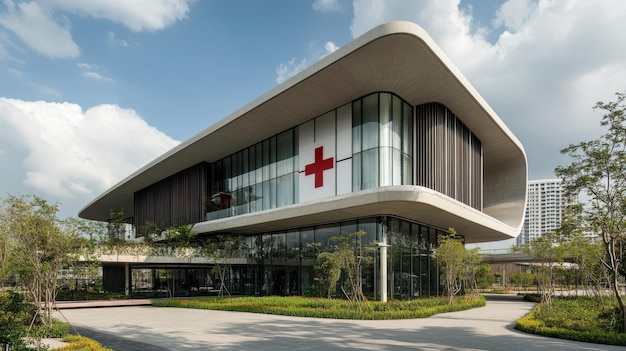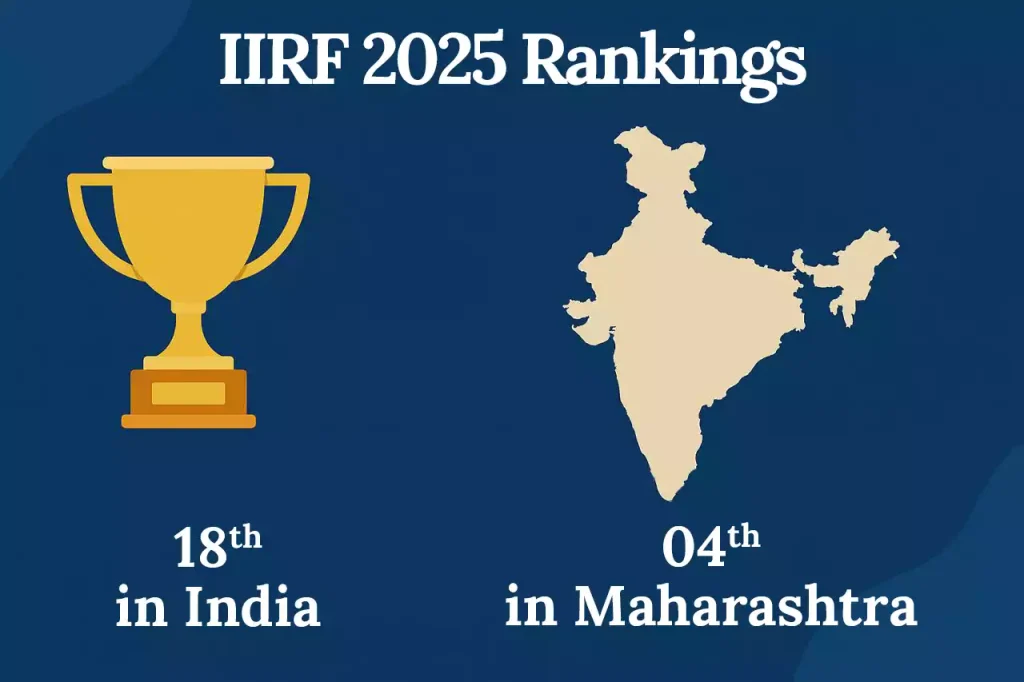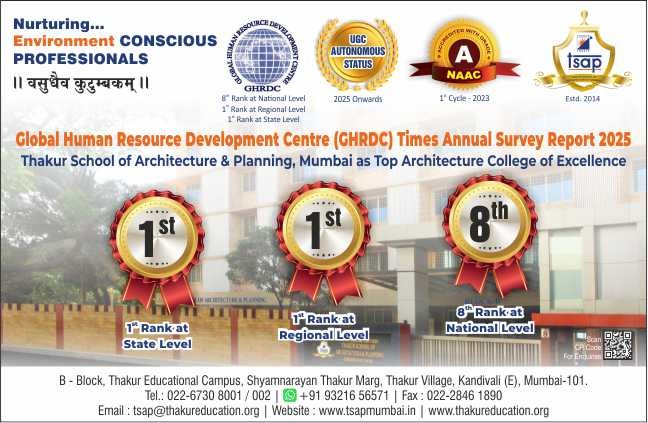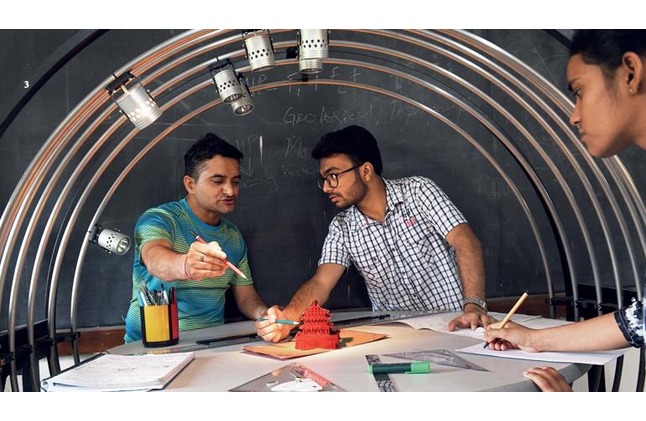
India’s healthcare system is at a crossroads, facing the challenge of providing equitable access to healthcare for both urban and rural populations. As the nation’s population continues to grow, the strain on healthcare infrastructure—especially in rural areas—has become increasingly evident. While cities have witnessed rapid development in healthcare facilities, rural regions often remain underserved. However, with thoughtful architectural strategies and improved infrastructure, it’s possible to address these imbalances and bridge the urban-rural healthcare gap.
The Urban-Rural Healthcare Disparity
One of the most glaring issues in India’s healthcare landscape is the unequal distribution of services between urban and rural areas. Although a significant portion of the population still resides in rural regions, nearly 75% of the country’s healthcare infrastructure is concentrated in cities. This creates a critical gap in healthcare access for rural communities.
This disparity pushes many families to relocate or travel to urban areas in search of better healthcare services. The result is an increasing strain on urban hospitals and clinics, which are already stretched thin due to the large influx of patients. Furthermore, the lack of adequate healthcare facilities in rural areas contributes to worsening health outcomes and further widens the healthcare gap.
Key Solutions: Strengthening Rural Healthcare Infrastructure
A viable solution to ease the pressure on urban healthcare centers lies in enhancing rural healthcare infrastructure. Establishing and upgrading primary healthcare centers, sub-centers, and community health centers in rural areas can help bring essential medical services closer to those in need. With adequate facilities in place, rural populations will have access to timely healthcare interventions, reducing the need to seek care in already-overburdened urban hospitals.
Moreover, improving healthcare infrastructure in rural regions goes beyond just building hospitals and clinics. To ensure long-term sustainability, it’s essential to create a holistic approach by addressing broader infrastructure challenges such as transportation, education, and employment opportunities.
The Role of Architecture in Healthcare Design
Architectural design can play a pivotal role in improving healthcare outcomes. One such design approach is biophilic design, which integrates natural elements such as sunlight, greenery, and fresh air into healthcare environments. Studies have shown that exposure to nature can accelerate recovery, reduce stress, and decrease the need for medication, making biophilic design a powerful tool in creating healing spaces.
Incorporating natural light, ample ventilation, and green spaces into healthcare facilities can promote a sense of calm and well-being for patients. Additionally, “healing gardens” and outdoor areas that encourage social interaction and physical activity can further contribute to patient recovery.
Designing for Rural Areas: Context Matters
When it comes to designing healthcare facilities in rural regions, it’s crucial to consider the local climate, culture, and needs. For example, building orientation should optimize natural light and ventilation to reduce the reliance on artificial cooling and lighting. Features like verandas and open balconies not only reflect local architectural traditions but also create welcoming and comfortable spaces for patients and staff alike.
Design elements that reflect the local community’s culture and values, such as incorporating indigenous art or local plant species, can make healthcare facilities feel more approachable and less clinical. This in turn encourages people to seek regular checkups, which can improve overall healthcare outcomes and promote preventive care.
Learning from Global Models: Community-Based Healthcare
International examples, such as Partners In Health and Muso Health, provide valuable lessons in community-based healthcare models. These models emphasize close collaboration with local communities to build trust and deliver healthcare services that address specific local challenges. By involving local organizations, community leaders, and healthcare providers, these approaches ensure that healthcare services are tailored to the unique needs of the population.
India can adapt and scale these models to improve healthcare infrastructure in rural areas, especially by leveraging grassroots initiatives that prioritize community involvement and culturally appropriate care.
Government Initiatives and the Role of Infrastructure
Recent government initiatives aimed at improving sanitation, clean water access, and waste management in rural areas have had a positive impact on public health. These efforts, such as providing piped water and proper sanitation, have contributed to a significant reduction in the burden of communicable diseases by 70-80%. Safe drinking water and sanitation are key determinants of health, and improving these areas can directly influence overall healthcare outcomes in rural regions.
Conclusion: Bridging the Gap
By focusing on strengthening healthcare infrastructure in rural areas and incorporating thoughtful architectural design, India can address the urban-rural divide in healthcare. The combination of biophilic design principles, locally relevant architectural solutions, and improved community-based healthcare models can significantly improve healthcare access for rural populations.
In the long run, these strategies not only reduce the burden on urban healthcare systems but also ensure that all citizens, regardless of their location, have access to quality healthcare services. The future of healthcare in India lies in creating a more equitable system where design and infrastructure work hand-in-hand to meet the needs of both urban and rural communities.
For students aspiring to excel in this evolving field, staying updated on these advancements is crucial. In Mumbai, where numerous architecture institutes and interior design colleges are available, Thakur School of Architecture and Planning (TSAP) stands out as a premier choice.
Recognized among the top architecture colleges in Mumbai, TSAP offers a comprehensive curriculum, experienced faculty, and state-of-the-art facilities. The institute’s Bachelor of Vocation (B.Voc) degree in Interior Design, affiliated with the University of Mumbai, emphasizes creativity, innovation, and practical problem-solving.
With UGC-approved programs and a commitment to excellence, TSAP ensures its students are well-prepared for the challenges of modern architecture and design. Whether you’re interested in B.Arch colleges in Mumbai or specialized interior design programs, TSAP provides a solid foundation for a successful career in sustainable architecture.
Recent Posts
-
 5 Must-Read Books for Architecture Students in India06 May 2025
5 Must-Read Books for Architecture Students in India06 May 2025 -
 The Role of Sustainability in Modern Architecture Education02 May 2025
The Role of Sustainability in Modern Architecture Education02 May 2025 -
 Thakur School of Architecture and Planning Ranked Among Top 20 in India by IIRF 202525 Apr 2025
Thakur School of Architecture and Planning Ranked Among Top 20 in India by IIRF 202525 Apr 2025 -
 Thakur School of Architecture and Planning Achieves Top Rankings for 202524 Apr 2025
Thakur School of Architecture and Planning Achieves Top Rankings for 202524 Apr 2025 -
 The Evolving Role of Architects in Real Estate Development: A Corporate Perspective18 Apr 2025
The Evolving Role of Architects in Real Estate Development: A Corporate Perspective18 Apr 2025